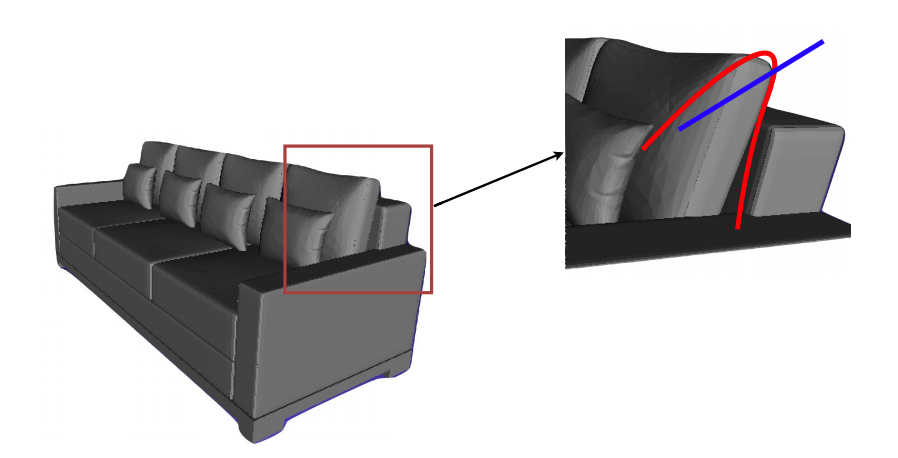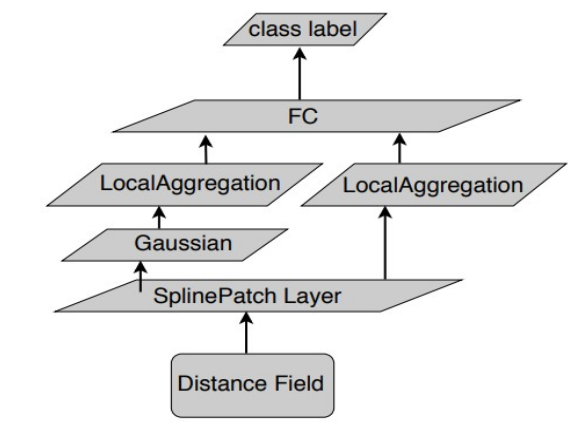SplineNet: B-spline neural network for efficient classification of 3D data

Abstract:
Majority of recent deep learning pipelines for 3D shapes uses volumetric representation, extending the concept of 2D convolution to 3D domain. Nevertheless, the volumetric representation poses a serious computational disadvantage as most of the voxel grids are empty and results in redundant computation. Moreover, a 3D shape is determined by its surface and hence performing convolutions on the voxels inside the shape is sheer wastage of computation. In this paper, we focus on constructing a novel, fast and robust characterization of 3D shapes that accounts for local geometric variations as well as global structure. We built up on the learning scheme of Field Probing Neural Network [FPNN] by introducing sets of B-spline surfaces instead of point filters, in order to sense complex geometrical structures (large curvature variations). The locations of these surfaces are initialized over the voxel space and are learned during training
phase. We propose SplineNet, a deep network consisting of B-spline surfaces for classification of input 3D data represented in volumetric grid. We derive analytical solutions for updates of B-spline surfaces during back propagation.
Method
In this paper, we focus on constructing a novel, fast and robust characterization of 3D shapes that accounts for local information as well as global geometry. We built up on the learning scheme of [FPNN] by introducing sets of B-spline surfaces instead of point filters, in order to sense complex geometrical structures (large curvature variations). The locations of these surfaces are initialized randomly over the voxel space and are learned over training phase. We modify the dot product layer of [FPNN] to aggregate local sensing and provide the global characterization of the input data.

fed to Fully Connected(FC) layers from which class label is predicted
Contributions:
- We proposed SplineNet, a deep network consist of B-spline surfaces for classification of input 3D data represented in volumetric fields. To the best of our knowledge, parametric curves and surfaces are not proposed in a learning setup in deep neural network for classification applications.
- We derived analytical solutions for updates of B-spline surfaces during back propagation.
Related Publication:
- Sai Sagar Jinka, Avinash Sharma - SplineNet: B-spline neural network for efficient classification of 3D data, Indian Conference on Computer Vision, Graphics and Image Processing (ICVGIP2018). [pdf]
